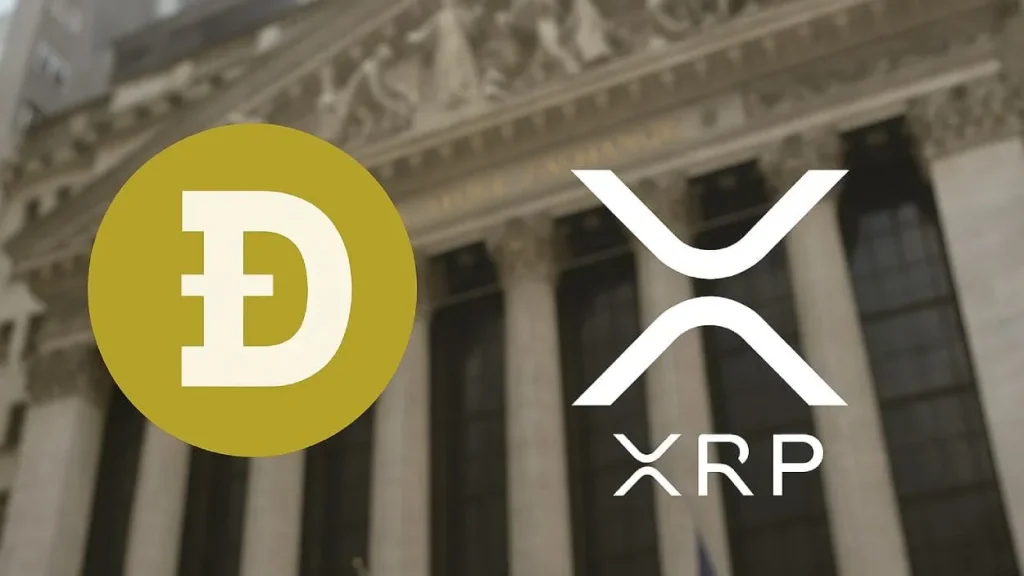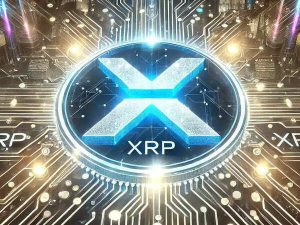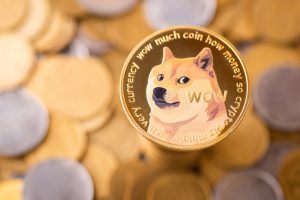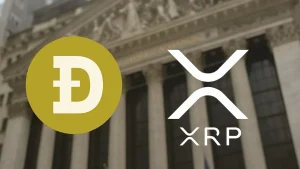NYSE Welcomes Dogecoin and XRP ETFs in Landmark Expansion of Regulated Crypto Markets

The debut of Dogecoin and XRP exchange-traded funds (ETFs) on the New York Stock Exchange marks one of the most significant regulatory milestones for digital assets in recent years. Their listing signals a maturing market where formerly speculative cryptocurrencies are gaining recognition within traditional finance. The new products offer investors regulated access to two of the most widely traded tokens, potentially reshaping liquidity, price stability and institutional participation. This breakthrough not only broadens the scope of crypto-based financial instruments but also reflects evolving regulatory attitudes as policymakers acknowledge the growing integration between digital assets and global capital markets.
A New Chapter for Crypto on Wall Street
The listing of Dogecoin and XRP ETFs on the NYSE symbolizes a turning point in the United States’ approach to cryptocurrency regulation. While Bitcoin and Ether earlier paved the way, the inclusion of additional altcoins indicates a clear acknowledgment of broader market demand.
This development is particularly notable given the evolving regulatory framework, which has historically been cautious with assets perceived as volatile or lacking traditional fundamentals. With their entry into a regulated environment, both Dogecoin and XRP gain new legitimacy and visibility across institutional and retail investment channels.
Institutional Pathways Expand Beyond Bitcoin and Ether
For years, institutional investors remained largely confined to Bitcoin and Ether due to risk controls and regulatory constraints. The arrival of Dogecoin and XRP ETFs opens the door to diversified digital asset exposure without the complexities of self-custody or unregulated exchanges.
Portfolio managers can now integrate these assets using existing compliance structures, enabling more sophisticated strategies. Increased participation from large funds may improve market depth and create more consistent liquidity patterns, reducing the extreme volatility historically associated with these tokens.
Dogecoin: From Meme Token to Tradable Financial Instrument
Dogecoin’s ETF debut underscores the evolving nature of digital assets, with investor interest expanding beyond fundamental-driven tokens to those supported by strong community networks.
While Dogecoin originated as a lighthearted alternative to traditional cryptocurrencies, it has developed into an asset with substantial daily trading volumes and a globally recognized brand. The new ETF structure offers investors a regulated avenue to access Dogecoin’s market performance without directly holding the token, potentially stabilizing price swings by introducing more structured capital inflows.
XRP’s Regulatory Progress Translates Into Market Opportunity
XRP’s path to an ETF listing reflects significant regulatory advancement, especially following years of scrutiny over its status in the United States. With clearer legal positioning and enhanced institutional confidence, XRP is better positioned to participate in cross-border payment innovations and liquidity solutions.
The ETF launch may also strengthen XRP’s standing within financial institutions evaluating digital settlement tools. By enabling exposure through a simplified investment vehicle, the market may see increased demand from investors who previously avoided the token due to compliance complexities.
Impact on Market Structure and Future Products
The introduction of Dogecoin and XRP ETFs is likely to influence the broader digital asset ecosystem. These listings may accelerate conversations around additional ETFs for other high-volume cryptocurrencies and blockchain-related assets.
Moreover, regulated products often contribute to improved data transparency, risk management standards and market surveillance—benefits that may help reduce systemic concerns and foster greater confidence in the asset class.
Outlook: A More Inclusive and Regulated Crypto Investment Landscape
The dual ETF launch reflects a financial environment where digital assets are no longer viewed as fringe investments. Instead, they are becoming integrated components of diversified portfolios and institutional strategies.
As regulators show greater willingness to engage with market realities, further innovation is expected across spot, futures and structured crypto products.
For now, the listing of Dogecoin and XRP ETFs stands as a defining moment—one that signals a more inclusive, regulated and mature future for the entire digital asset industry.





